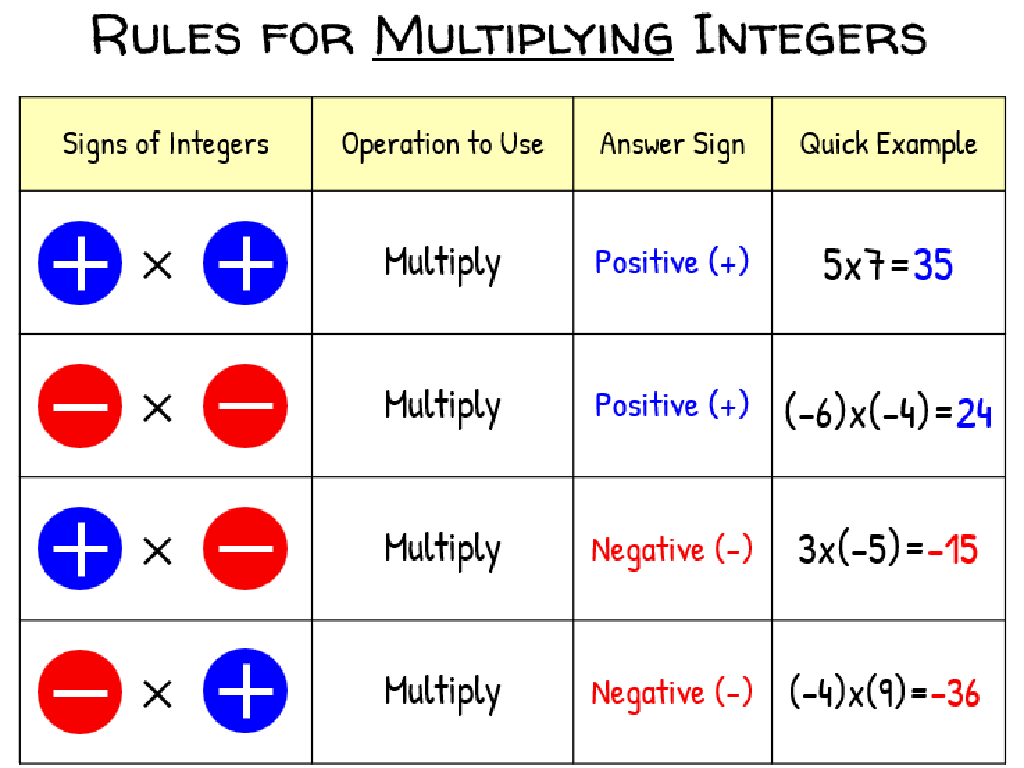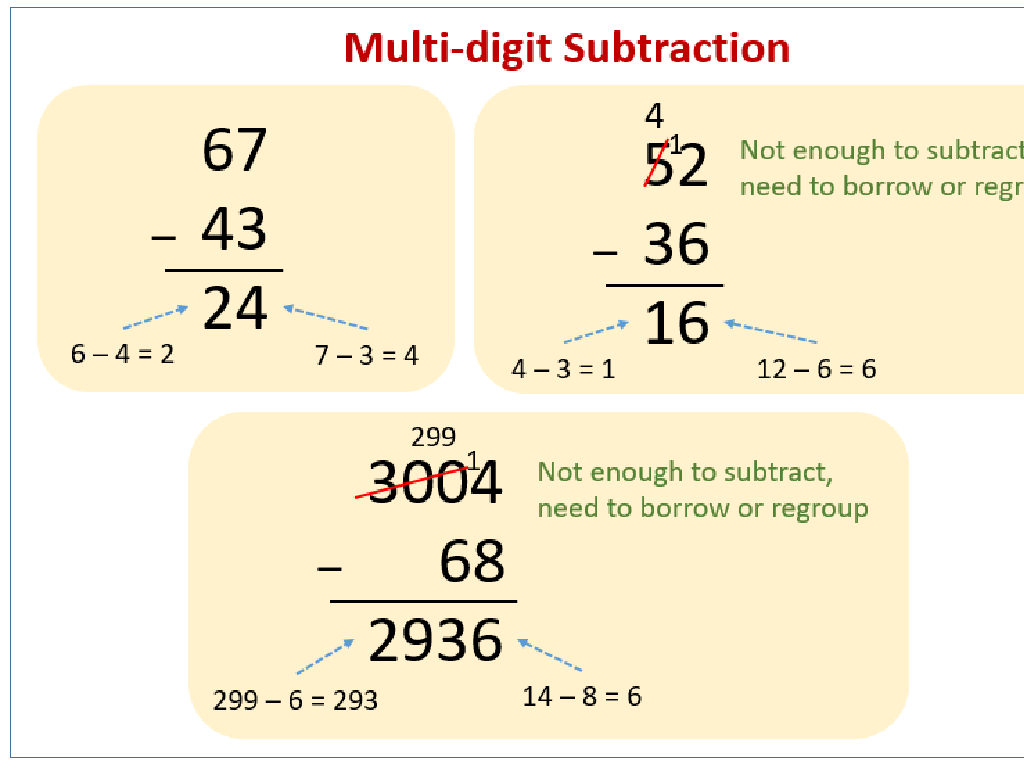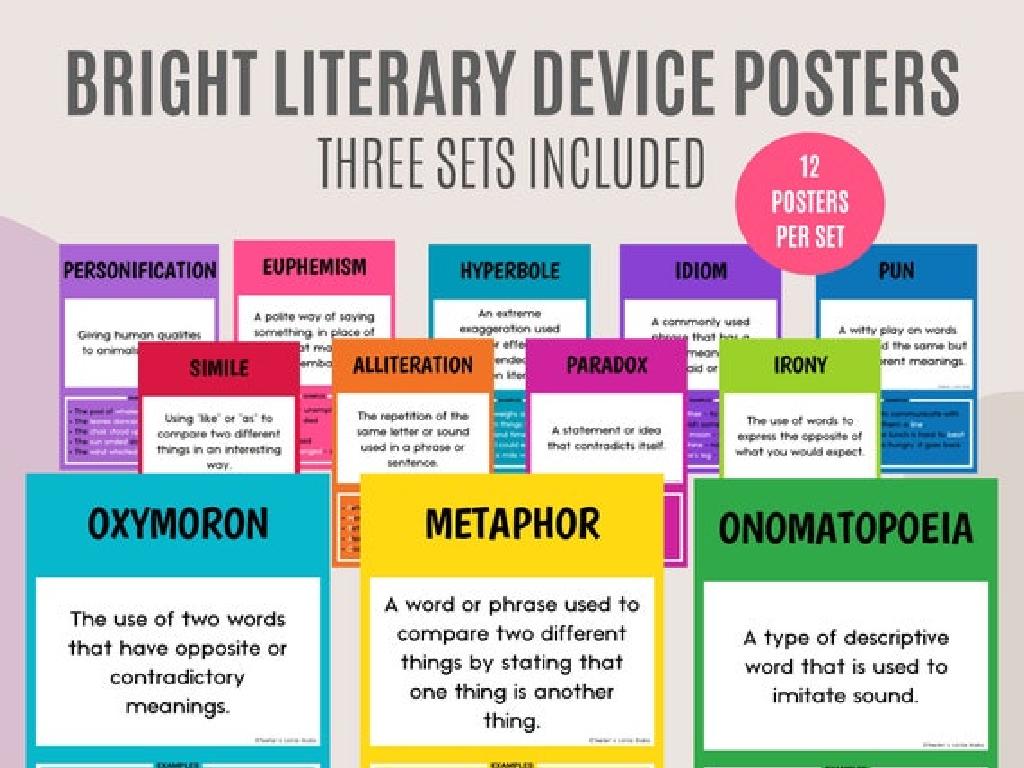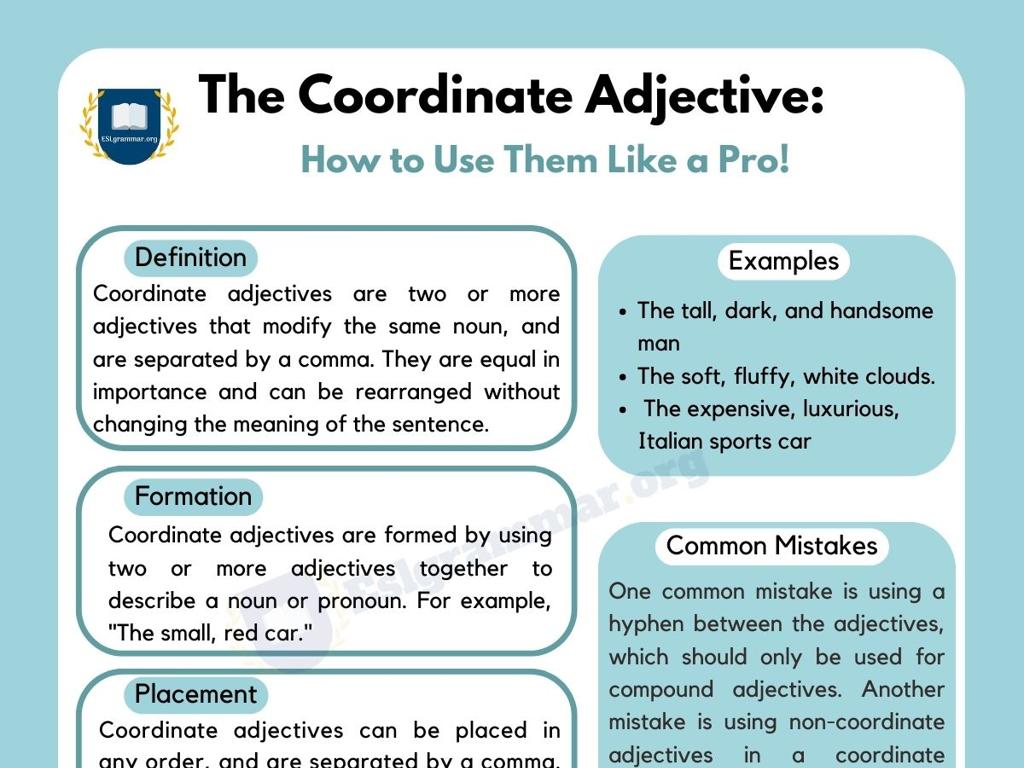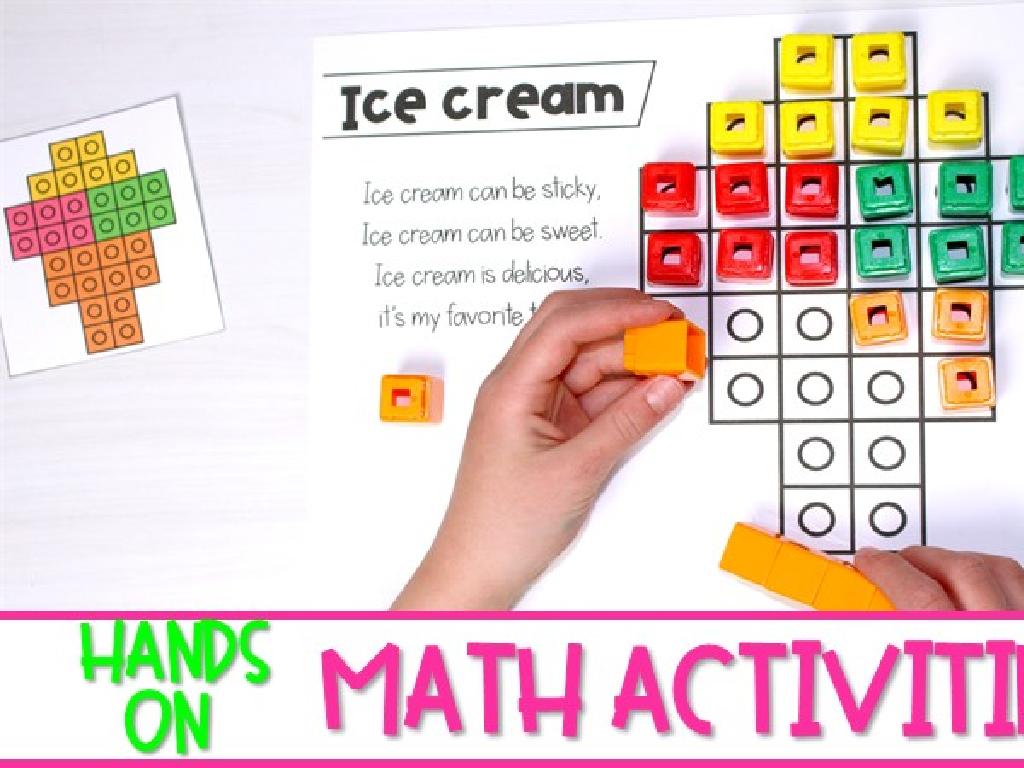Percents Of Numbers And Money Amounts
Subject: Math
Grade: Sixth grade
Topic: Percents Of Numbers
Please LOG IN to download the presentation. Access is available to registered users only.
View More Content
Welcome to Percents!
– Understanding percents basics
– Percents represent parts of a hundred, like 25% is 25 out of 100.
– Percents, fractions, and decimals
– Every percent has a fraction and decimal equivalent, e.g., 50% = 1/2 = 0.5.
– Real-life applications
– Used in discounts, interest rates, and statistics.
– Practice with examples
– Calculate discounts on items or interest earned on savings.
|
This slide introduces students to the concept of percents and their importance in everyday life. Begin by explaining that ‘percent’ means ‘per hundred’ and is a way to express a number as a part of 100. Show how to convert percents to fractions and decimals, and vice versa, as this is crucial for their mathematical literacy. Discuss real-life scenarios where percents are used, such as in calculating sales tax, discounts during shopping, or interest rates in banking. Provide examples for the students to work through, such as finding 10% of a dollar or converting 75% to a fraction and decimal. Encourage students to think of other examples where they encounter percents daily.
Understanding Percents
– Percent means ‘per hundred’
– Percents in daily life
– Discounts, interest rates, and statistics
– Convert fractions to percents
– Divide the numerator by the denominator and multiply by 100
– Convert decimals to percents
– Multiply the decimal by 100 to get the percent
|
This slide introduces the concept of percent to the students, explaining that the term ‘percent’ comes from the Latin ‘per centum,’ which means ‘per hundred.’ This is a foundational concept in understanding how percentages are used in various aspects of daily life, such as calculating sales discounts, interest rates in banking, and understanding statistics in the news. Emphasize the practicality of converting fractions and decimals to percents by providing examples: for instance, to convert 1/4 to a percent, divide 1 by 4 to get 0.25, and then multiply by 100 to get 25%. Similarly, to convert 0.75 to a percent, multiply by 100 to get 75%. Encourage students to practice these conversions with different fractions and decimals to build their confidence in working with percents.
Calculating Percents of Numbers
– Learn the Percent Formula
– Percent means per hundred. Use the formula: Percent x Base = Amount
– Examples: 10%, 50%, 25% of numbers
– For 10% of 100, think 10/100 x 100 = 10. It’s like finding a part of 100!
– Practice: Calculate 20% of 50
– To find 20% of 50, use 20/100 x 50. It’s like getting $10 from a $50 bill.
|
This slide introduces students to the concept of calculating percentages of numbers, which is a fundamental skill in mathematics, especially when dealing with money and discounts. Start by explaining the percent formula and what ‘percent’ means. Use simple and relatable examples like 10%, 50%, and 25% to show how percentages represent parts of a whole. For the practice problem, guide students through the process of finding 20% of 50 by converting the percentage to a decimal and then multiplying by the number. This exercise will help solidify their understanding of the concept. Encourage students to solve the problem on their own and then discuss the solution as a class.
Percents and Money: Practical Applications
– Apply percents to money
– How much is a 20% tip on a $50 bill?
– Calculate discounts and tax
– What’s the final price after a 10% discount and 8% tax?
– Example: Find 15% of $200
– 15% of $200 is $30. How do we calculate this?
– Practice with real-life scenarios
|
This slide aims to help students understand the application of percentages in the context of money, which is a vital life skill. Start by explaining how percents can represent parts of a whole in monetary terms. Move on to calculating discounts by finding a percentage of a price and subtracting it to find the sale price. Similarly, explain sales tax by calculating a percentage of the price and adding it to the original amount. Use the example of 15% of $200 to illustrate the process of finding a percentage of a given amount. Encourage students to practice with different scenarios, such as figuring out tips at restaurants or the final price of an item after discounts and taxes. This will help solidify their understanding and prepare them for real-world financial literacy.
Percents: Beyond 100% and Below 1%
– Percents exceeding 100%
– When a value increases beyond its original, it can be more than 100%.
– Percents smaller than 1%
– Tiny percents represent parts much smaller than the whole.
– Examples of extreme percents
– 150% of a recipe ingredient, 0.5% sales tax
– Applying to real-life scenarios
– Discounts greater than 100%, interest less than 1% on savings
|
This slide aims to help students grasp the concept of percents that are not confined between 1% and 100%. Percents greater than 100% occur when the quantity is more than the original amount, such as in cases of increased ingredients in a recipe. Percents less than 1% are used when dealing with very small parts compared to the whole, like a minimal sales tax. Provide real-life scenarios such as discounts that exceed the original price or extremely low-interest rates to illustrate these concepts. Encourage students to think of situations where they might encounter such percents and discuss how to calculate them.
Practice Time: Calculating Percents
– Interactive percent calculation
– Class examples on percents
– Let’s solve percent problems as a class and discuss the solutions.
– Group activity with money
– In groups, find the percent of given money amounts.
– Understanding percent applications
– Learn how percents are used in real-life scenarios like discounts and tax.
|
This slide is designed to engage students in active learning through both guided and collaborative activities. Begin with interactive examples where students calculate percents with the teacher’s guidance, fostering a hands-on understanding of the concept. Proceed with a group activity where students apply their knowledge to find the percent of various money amounts, which will help them see the practical application of percents in everyday life, such as calculating sales tax or discounts. Encourage students to discuss their methods and answers with their peers to enhance their learning experience. The teacher should circulate the room, offering support and challenging students with different levels of difficulty in the problems provided.
Class Activity: Percent Scavenger Hunt
– Find items with percent labels
– Look for labels like ‘50% off’ on items
– Calculate percent of numbers
– Use the formula: Percent = (Part/Whole) x 100
– Present findings to the class
– Share the items and percents you found
– Reflect on the activity
– Think about how percents apply in real life
|
This interactive class activity is designed to help students recognize and understand percents in a practical context. Students will search the classroom for items that have percent labels, such as discounts or nutritional information. They will then calculate the percent of given numbers, using the formula Percent = (Part/Whole) x 100. Afterward, students will present their findings to the class, explaining how they determined the percentages. This will not only reinforce their understanding of the concept but also improve their public speaking skills. Finally, encourage students to reflect on the activity and discuss how percents are used in everyday life, such as in shopping or understanding data. Provide guidance and support throughout the activity, and prepare additional examples in case some students struggle to find items with percent labels.
Wrapping Up: Percents of Numbers and Money
– Review of percent concepts
– Significance of percents in daily life
– Percents are used in sales, statistics, and finance.
– Homework: Percent Calculation Worksheet
– Complete the worksheet to practice finding percents of numbers and money amounts.
– Practice makes perfect!
– Consistent practice helps solidify understanding.
|
As we conclude today’s lesson on percents, it’s crucial to emphasize the real-world application of percents in areas such as discounts during shopping, bank interest rates, and data interpretation. The homework assignment is a worksheet that includes a variety of problems requiring students to calculate percents of numbers and money, reinforcing today’s learning. Encourage students to attempt all problems and remind them that practice is key to mastery. In the next class, we will review the homework answers and clarify any doubts, ensuring a strong foundation in understanding and working with percents.

